Craig McDean
As Leonardo DiCaprio and Lily Gladstone team up with director Martin Scorsese for autumn’s biggest epic, murder, mystery and missing millions are all in play. Yet, with Killers of the Flower Moon, which arrives in the Philippines on October 18, the actors tell Afua Hirsch their mission was to bring a shocking 100-year-old tale to the screen.
At first glance, it’s a classic scene from the heyday of Hollywood’s golden era. A glamorous movie-star couple glide across a dressing room, as if poised to step out into a star-studded summer night. She, swanlike in a pleated, white Chloé gown, her long dark hair falling around her shoulders; he, suntanned and sharply suited, sauntering towards her admiringly.
He, however, is Leonardo DiCaprio, 48, rarely interviewed, currently biting into a dense, doughy cookie, so plump it’s almost a scone. She is Lily Gladstone, 37, soon to be one of the most talked-about talents in Hollywood. They have been brought together by one of 2023’s most anticipated cinematic events: Killers of the Flower Moon, the Apple TV+ feature film, directed by Martin Scorsese on a reported £160 million budget, that tells the true story of the injustice experienced by the Osage nation of Native Americans.
DiCaprio and Gladstone play real-life husband and wife Ernest and Mollie Burkhart, an interracial couple living on the Osage Reservation in 1920s Oklahoma, at a time of tumultuous change. DiCaprio is remarkable as a First World War veteran hoping – like so many poor, aspirational white men of the era – to find his fortune in the Osage oil boom. But it is Gladstone, herself a proud Native American, and who grew up on the Blackfeet Indian Reservation that straddles northern Montana and the Canadian border, who is the film’s breakout star. “Lily is absolutely astonishing in this movie,” DiCaprio says, in his instantly recognisable California drawl, both breezy and decisive. “She carries the entire film and the story.”
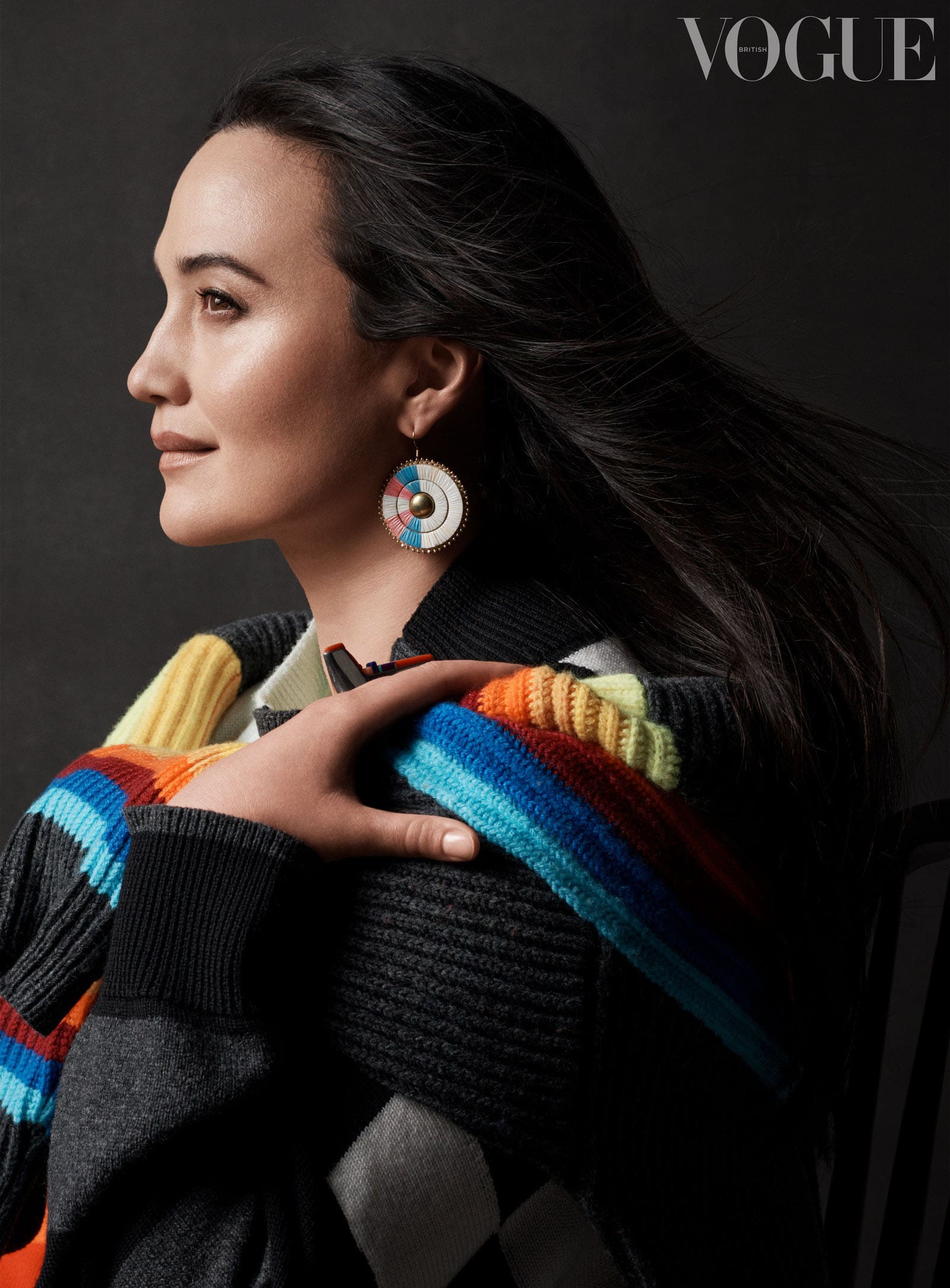
We are chatting in a photo studio in SoHo, New York, on the set of Vogue’s shoot, amid rows of accessories, many made by Native designers. Among them: exquisite earrings from Hopi artist Don Supplee, of the Sun Clan; a dentalium-shell necklace by member of the Crow nation Elias Jade Not Afraid; an intricate wool blanket by Louie Gong (Nooksack) for Eighth Generation. The opulence surrounding us feels fitting: thanks to the oil boom, for a time in the early 20th century the Osage were not only wealthy, but the richest people in the world per capita. As a viewer, I tell the pair, witnessing a world in which it’s people of colour who are the affluent Americans is one of the most moving and exhilarating aspects of the film.
“I was so excited,” Gladstone begins, before recalibrating. Growing up in the late ’80s and early ’90s, her family left their reservation, in part because of the economic hardship there. “Excited and so heartbroken,” she continues. “It’s like, why didn’t it stay this way?”
We have descended from the studio floor, down a private staircase, into a simple but comfortable green room, furnished with a sofa, chairs, plentiful snacks and an alarmingly loud air-conditioning unit. The pair have changed from their shoot looks – “A little outside my comfort zone,” Leo admits – to black T-shirts and jeans.
Noticing my disquiet at the noisy air-conditioning and its disturbance to my audio recording, DiCaprio leaps up to investigate. Gladstone and I look on with intrigue as he disappears behind a makeshift partition where the machine is housed, emerging several seconds later, triumphant. I can’t hide my surprise as the room falls blissfully quiet. “What did you do?” I ask him, impressed. “I pressed the off button!” he cries, with dramatic flourish, unable to resist a little performance. But when he flops on to the sofa next to Gladstone the vibe is natural and laid-back. The pair are relaxed together, sibling-like almost – he the older brother, protective and very, very proud.
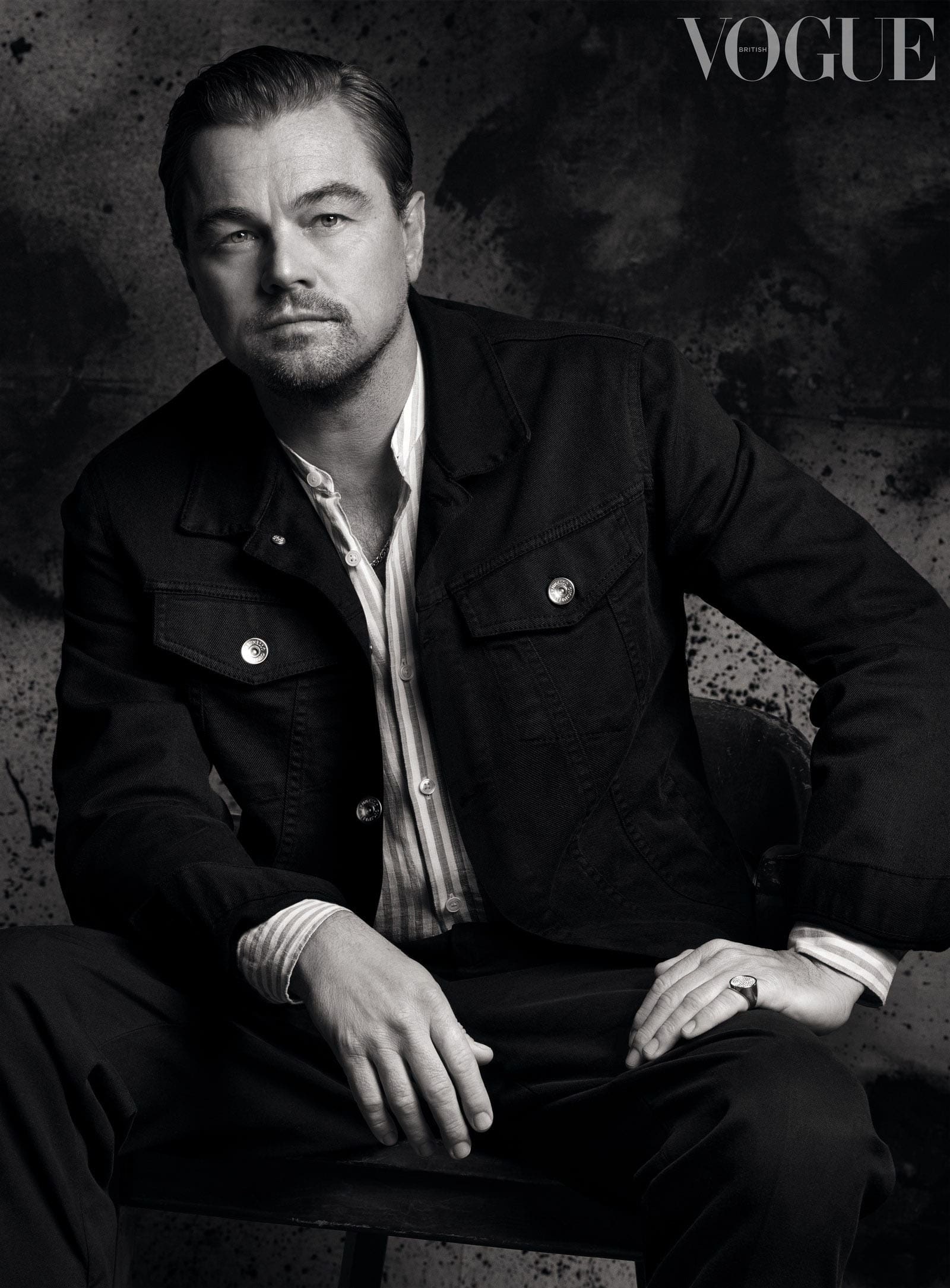
“There was no reading,” DiCaprio recalls of his and Scorsese’s first meeting with Gladstone over Zoom. “Marty just instinctively knew Lily was the one.” He turns to Gladstone. “There was a truthfulness in your eyes that he saw even over a computer screen.”
Returning to me, he adds, “I’ve never known [Scorsese] meet somebody and then immediately afterwards have this gravitational pull and instinct to say, ‘Let’s not wait another minute.’”
Of course, Gladstone had been through a reading and audition process prior to her memorable meeting with Scorsese. But despite previous breakthrough roles, notably in Certain Women, Kelly Reichardt’s lauded 2016 film, and in the ground-breaking 2021 TV series Reservation Dogs (about four Indigenous teens in Oklahoma), Gladstone found opportunities for a Native actor in Hollywood to be patchy, at best. “I was living at home with my parents,” she recalls. “I thought, I don’t want to move to LA, because I’m kind of an atypical actor. I think it’s going to be hard for me to find a place if I take that route.”
Yet she was forefront in the minds of two casting directors, who both separately put her forward for the role in Flower Moon. That led her to the aforementioned life-changing lockdown call with Scorsese and DiCaprio. In fact, before Scorsese’s call came, Gladstone was on the verge of giving up on acting as a sustainable source of income altogether. Instead, she was about to embark on a path to help protect indigenous bumblebees.
“I had, like, almost a parental love of bees at that time,” Gladstone recalls fondly, sharing how she once, somehow, even adopted a bee she named “Bubb” as a pet. After seeing a viral video of Asian giant hornets wipe out a colony of bees (they were, she says, “mercilessly just raining little bee bodies down”), Gladstone got “a fire in my belly to go after these invasive killers that were attacking the indigenous species…”
The parallels between an invading breed of killer hornets and the events depicted in the film are lost on no one. When the Osage became rich from oil, many white Americans seethed at the idea of a Native American tribe enjoying passive income. Among them was Ernest Burkhart (DiCaprio), a compelling mix of unwitting privilege and thoughtless desire. In 1919 he moves to the area to live with his uncle, Bill Hale (Robert De Niro), a prominent businessman and cattle farmer masquerading as an ally to the Osage. Hale encourages Burkhart to marry an Osage woman, Mollie, then with the help of local outlaws and corrupt officials the pair orchestrate the systematic murder of her family. So many people were killed for their “headrights” that to this day the Osage describe the period as the Reign of Terror.
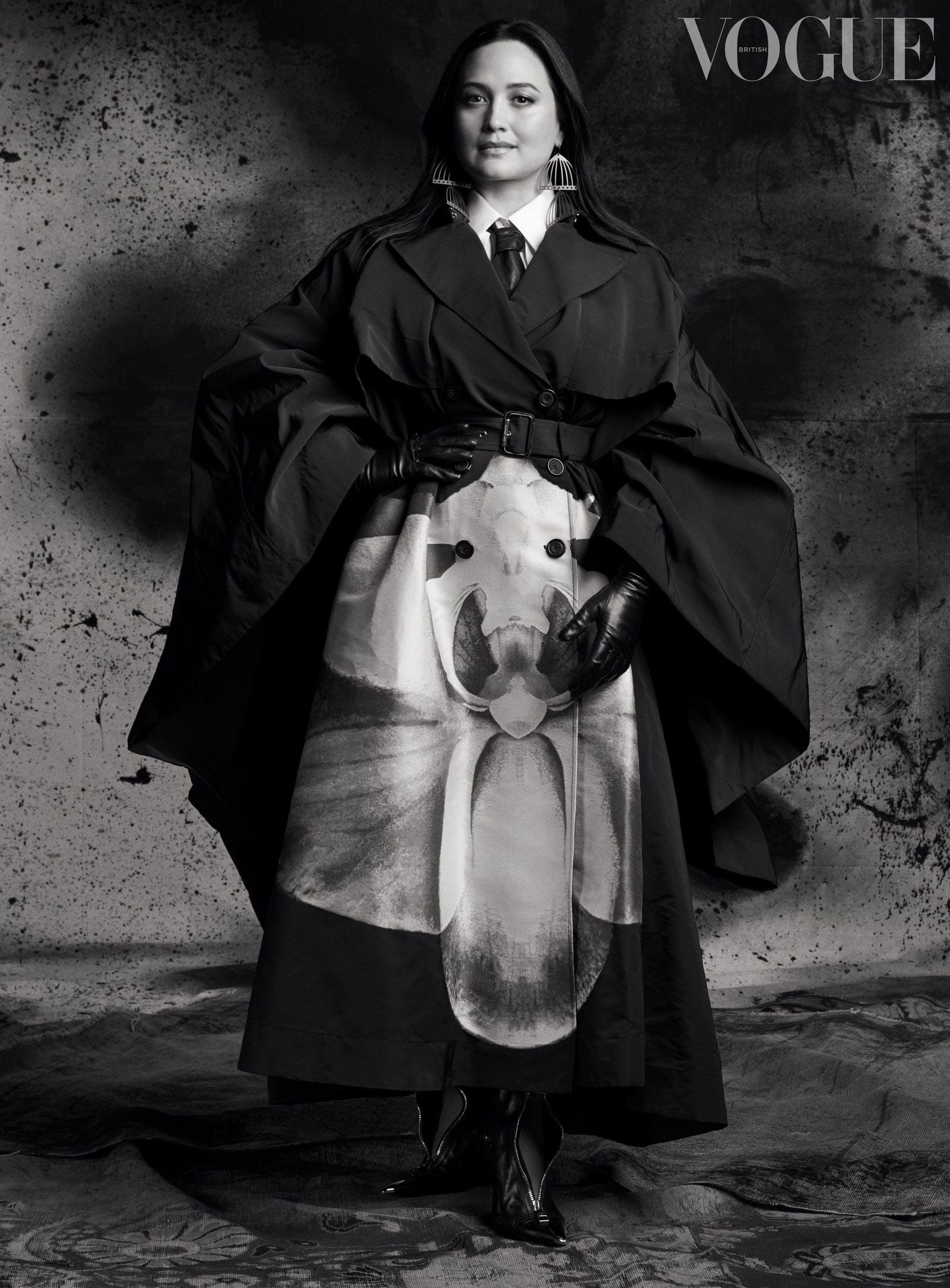
“It’s a completely forgotten part of American history,” says DiCaprio. “And an open wound that still festers.”
“It’s not that long ago that the Reign of Terror happened,” Gladstone agrees. “I don’t want to label this a western. I’m happy that it’s being labelled a tragedy.”
The authenticity of Gladstone’s performance can be attributed in part, though not entirely, to her heritage. While she is Native, she is not Osage. On her mother’s side, she is descended from the first cousin of the British prime minister William Gladstone (whose family were so deeply involved in colonial projects, his descendants recently travelled to South America to apologise for their role in enslaving Africans); on her father’s side, she is the direct descendant of Blackfeet Chief Red Crow, one of the Great Plains leaders. It was this ancestor who in 1877 entered into a famous treaty with the British Crown. In 1977, Gladstone’s family received a surprising new honorary member, His Royal Highness the Prince of Wales, then visiting Canada on behalf of the Crown. “When Prince Charles was given a Blood name, he was given my grandmother’s name,” Gladstone explains. “I have mixed feelings about that.”
“My cultural understanding is more shaped by Blackfeet, because that’s the reservation I was raised on,” Gladstone says. “There’s a bit of a pan-cultural understanding that Native people have,” she continues. “But there’s incredible diversity within Indian country.” After all, there are presently more than “560 federally recognised nations and another several hundred that are not federally recognised”.
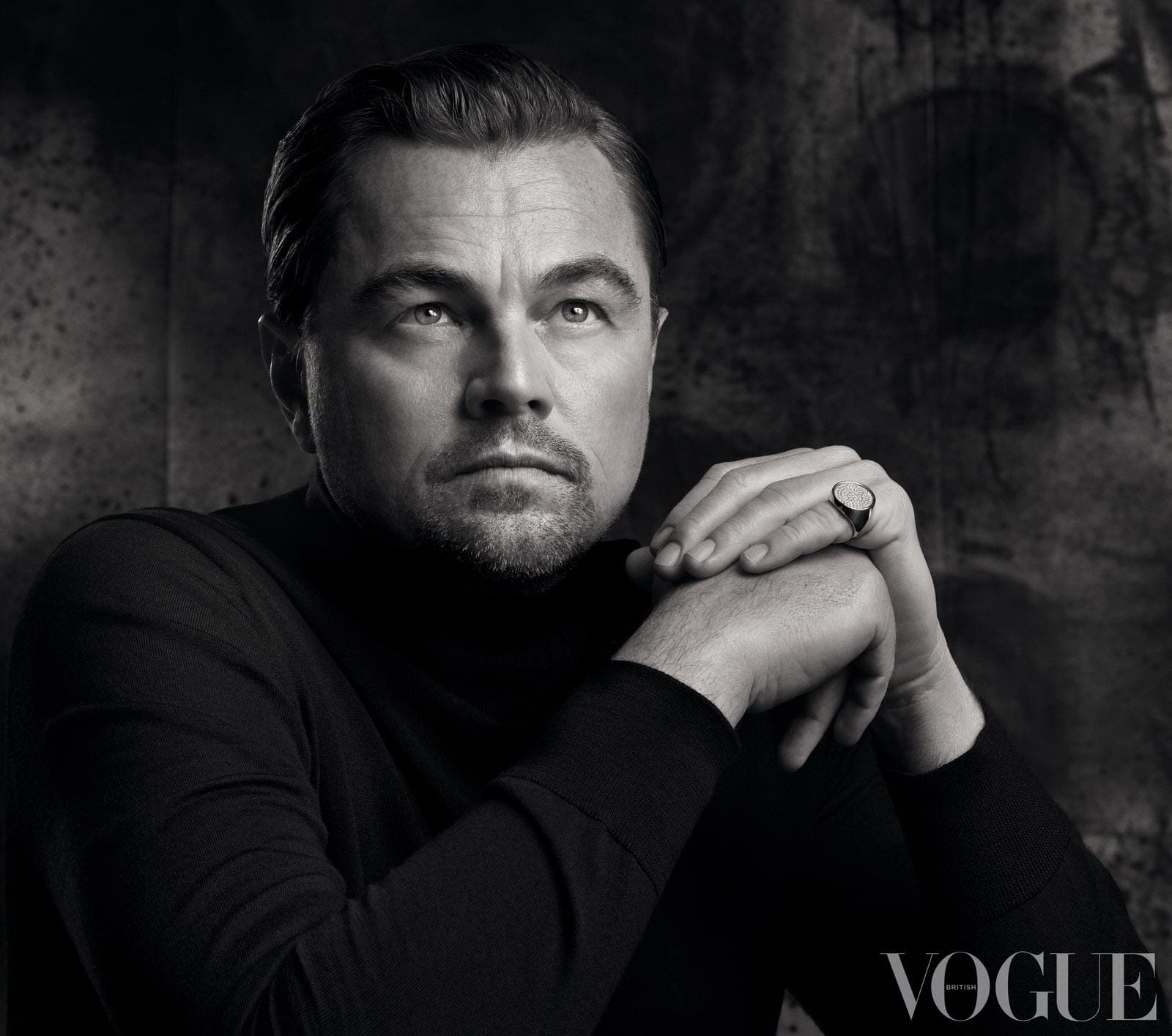
The Osage leader, Principal Chief Geoffrey Standing Bear, fully endorsed the project, leading to a long and fruitful collaboration between the tribe and the production. Speaking to me from the Osage capital, Pawhuska, he told me it was important to tell this particular story in all its specificity, but that many Native nations had suffered similar tragedies. “It’s a specific and horrible story, but I can tell you every tribe I know, that I’ve worked with, which is many, have their own Trail of Tears. It’s not unusual that we Osage have lost 80 to 90 per cent of our people in, well, 90 years. And when you lose so many of your people, your culture goes with it.”
One of the most painful historical memories, Chief Standing Bear explains, is the official government policy of assimilation in the late 19th and early 20th centuries, which saw Osage children forced into boarding schools. Although attempts were made to eradicate Osage language and culture, both survived and linguists were able to school the cast of Flower Moon so that much of the film is spoken in the Osage language.
“All these people worked so hard with our people… [Scorsese’s] team of actors and producers and cinematographers and set designers. It was just amazing to see,” Chief Standing Bear says. “I just did a groundbreaking [a traditional ceremony celebrating the first day of construction] for some elderly housing this morning,” he adds, chuckling. “I used some Osage words and I said, ‘Now I want us all to try to speak as good Osage as Robert De Niro.’”
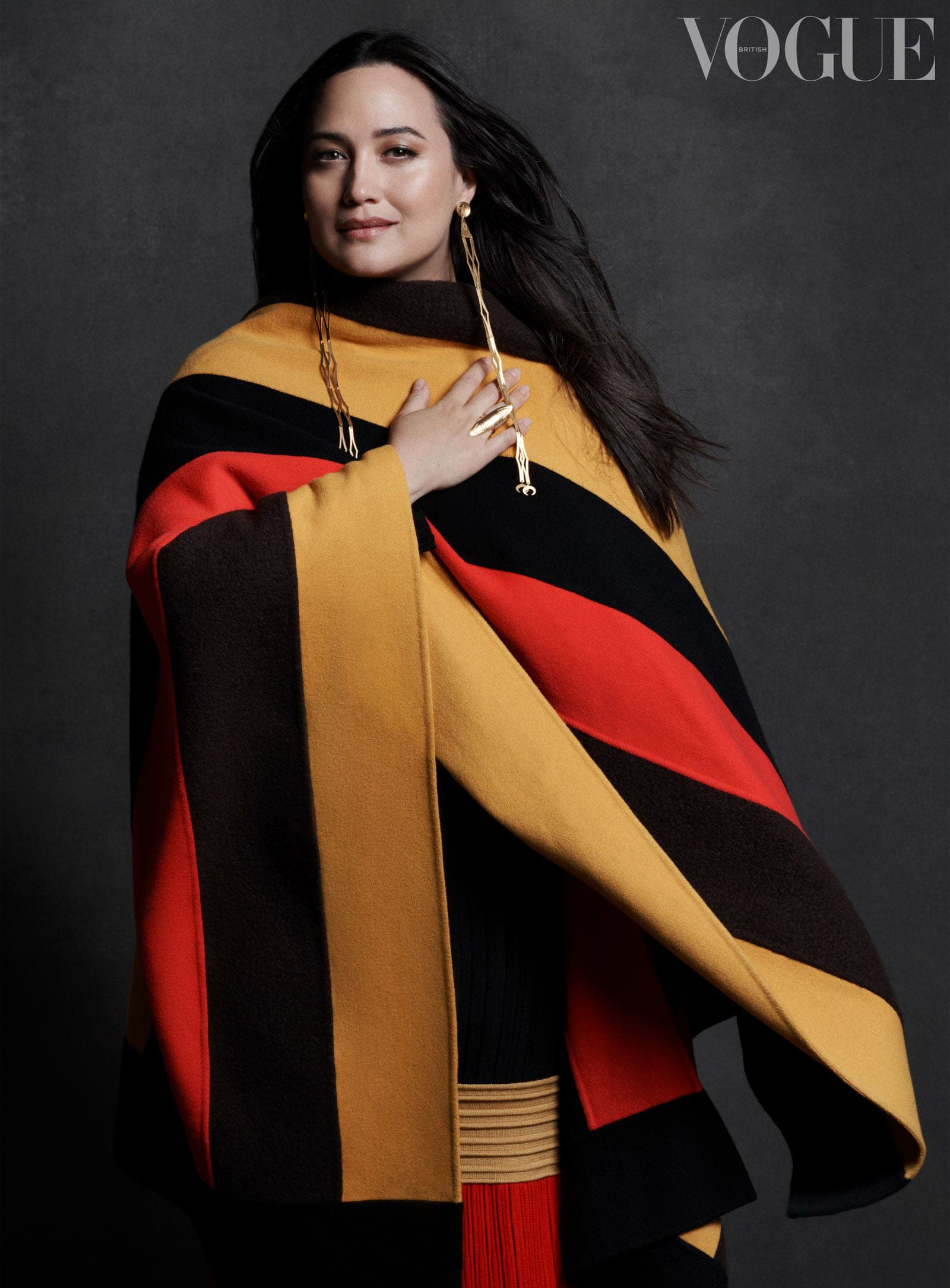
Both Gladstone and DiCaprio found the reality of living in modern, rural Oklahoma during filming an eye-opener: over the course of decades, repeated federal government relocations forced Native communities on to the least fertile land, where poverty and underdevelopment have taken their toll over generations. “These communities,” she says, “they are difficult to live in.”
DiCaprio stayed in nearby Tulsa, “back and forth” between the city and Osage County, he says. While he was there, he witnessed the centenary anniversary of the Tulsa Race Massacre, the 1921 atrocity that saw white supremacists attack an affluent African-American community known as Black Wall Street.
“It was a complete coincidence, to be there exactly 100 years after the start of the Osage Reign of Terror and 100 years after the first murder of the Black Wall Street massacre happened in Tulsa,” DiCaprio says. “There were news cameras everywhere, people on the streets talking about it. It was very important to me to realise these were two sides of the same coin… people of colour that were independently wealthy amid a massive population of incredibly racist white people who want to extract those resources at any cost. Look at Standing Rock. Look at what’s going on in Indonesia, in the Amazon. These places that are home to incredible resources are also places that are most drenched in blood.”
For Scorsese, the roots of this film first took hold nearly 50 years ago, during a visit to the Pine Ridge Reservation in South Dakota in 1974. “That was a revelatory experience for me,” he writes over email. “To see the conditions in which the Oglala Sioux were living came as a real shock to the system. I spent just a few days on the reservation, but those days left an impression on me that has never gone away. And then in the late ’70s, there was an encounter with a Cheyenne poet named Hyemeyohsts Storm. I suppose I could characterise it as spiritually uncanny, and I’ve never forgotten it.”

So when he read David Grann’s 2017 book, on which the film is based, Scorsese “realised that this was my chance to express feelings that I’d been holding on to for so many years – my feelings about what I’d seen there in Pine Ridge and my feelings about Native spirituality. The project was a gift.”
“I hope that we did justice to, and raised awareness about, a horrifying chapter in American history, largely unknown outside of the Native communities,” he adds. “I can’t stress enough how important that is to me.”
The team have already been widely praised for the sensitivity – and collaborative approach – with which they have told the Osage story. Yet it’s striking that it’s still a principally white production team telling a story about a Native American community. Gladstone is thoughtful on the matter. “Nobody is going to hand an Osage filmmaker $200 million,” she reflects. “There’s a level of allyship that’s absolutely necessary.”
“Hollywood has a long history and chequered past in its depiction of Native American people,” DiCaprio adds. “We need to do more. You know, we are coming towards a great reckoning of our past. The more that these stories can be told in a truthful way, the more it can be a healing process.”
Indeed, the project was not always on track to centre the Osage perspective, as it now does. DiCaprio was initially cast to play Tom White, a Bureau of Investigation agent, reflecting an earlier concept’s emphasis on the newly formed BOI (which would later be reorganised in to the FBI) and the crime plot line. White’s character still features in the film – played admirably by Jesse Plemons – but DiCaprio says he and Scorsese pushed to bring Gladstone’s character, Mollie, to the fore instead.
“It just didn’t feel like it got to the heart of it,” DiCaprio admits. “We weren’t immersed in the Osage story. There was this tiny, small scene between Mollie and Ernest that provoked such emotion in us at the reading, and we just started to penetrate into what that relationship was, because it was so twisted and bizarre and unlike anything I’ve ever experienced before.”

At this, DiCaprio grabs his vape pen, on which he has puffed occasionally throughout our conversation. It smells surprisingly fragrant – is it always the same flavour? Lily answers for him: “I’d say it’s pretty consistent,” she jibes. “I can usually smell it from quite far away.” (Later, I ask DiCaprio what the last thing he read was: “The Easy Way to Stop Smoking,” he deadpans.)
Talk turns to dinner plans – Leo wants to know if she’ll be joining them. Gladstone knows Flower Moon is going to change everything for her. “My life’s never gonna be the same again,” she says, laughing. It was at Cannes, where she arrived on the red carpet in haute couture Valentino and tiered dentalium earrings by the Native American designer Jamie Okuma – who is Luiseño, Shoshone-Bannock and an enrolled member of the La Jolla Band of Mission Indians – that the dial shifted and her status as bona-fide film star was cemented. It’s also when the gravity of the project truly hit home. At the press conference that followed the movie’s screening, “Chief Standing Bear talked about how this film had restored trust,” Gladstone recalls. “And that is a really heavy statement to say in Indian country.”
Does she regret not being able to pursue her career helping the bees? “I got to go after the invasive killers in a different way,” she says, smiling.
As we leave, both want to know what I made of the film, where I watched it, what my experience was. Their passion for hearing audience impressions is palpable. I reply that I loved it, but was glad I had snacks – its running time is more than three hours, after all. Did they realise it would be so long? “Well,” DiCaprio counters, unapologetically, “there was a lot to tell.”
Killers of the Flower Moon will be in Philippine cinemas on 18 October via Paramount Pictures. The interviews and photography in this story predated the Sag-Aftra strike.
Lily’s hair: Orlando Pita. Lily’s make-up: Pat McGrath. Leonardo’s grooming: Kara Yoshimoto Bua. Nails: Jin Soon Choi. Set design: Mary Howard. Production: Prodn. Digital artwork: Gloss Studio. With thanks to Hook Props
This article was originally published on British Vogue.
